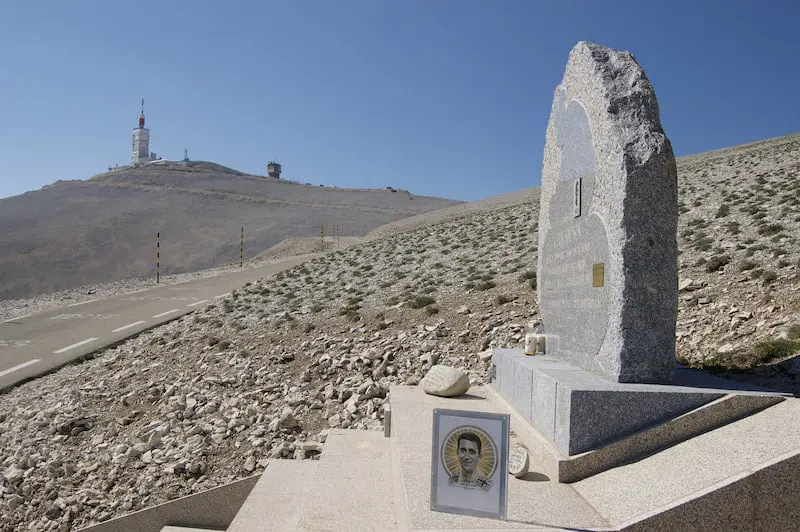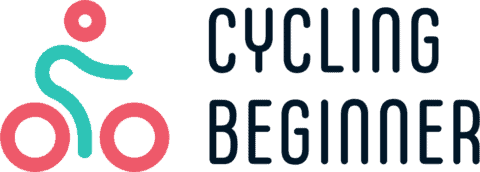A look at cycling history books reveals that alcohol has been present among professionals since the beginning of racing. But is it still?
Professional cyclists drink alcohol in moderate quantities during specific parts of the season. They avoid alcohol during blocks of training and races. The only exception is when they celebrate a victory or a birthday. In the past, cyclists consumed alcohol regularly, even during races.
Cycling has changed a lot in its 100-year history. The changes are also reflected in the consumption of alcohol, which is still present among professionals.
Do professional cyclists drink alcohol during races?
Long gone are the days when professional cyclists would open a bottle of beer on their bike. A lot less distant is the time when a glass of wine was a common accompaniment to dinner during stage races.
But those days are gone too. Cycling has become a real science in recent years. Every move a cyclist makes is well planned by the many staff surrounding him. Nutrition has probably changed the most. The teams began hiring nutritionists, who quickly made sure alcohol was off the menu.
Cyclists no longer drink alcohol during races. The rare exemption is toasting after a victory or when a team member has a birthday. But even then, the quantities are very limited, with every rider only drinking a glass of champagne, which has no major effects on the body.
Drinking alcohol during a race

Only once or twice during the whole year do cyclists drink alcohol during a race. This can be seen on the last stage of the Tour de France and occasionally on the last stage of La Vuelta a España.
On the last day of these three-week races, the fight for victory is already over, although the stage still counts for the overall standings. The winner and his team get to celebrate the victory with a glass of champagne while the rest of the peloton calmly rides along. If you want to know more about this tradition, check an article I wrote about it.
Ever since 1975, the winner of the Tour de France has toasted with the team during the last stage.
It’s a tradition dating back to 1975 when the Tour de France first ended on the Champs-Elysees. Since then, the last stage has been different in how it is raced, with the first hour of ‘racing’ dedicated to celebrating the victory and drinking some well-deserved champagne.
For safety reasons, the teams limit the amount of champagne to about one glass per rider. This does not impact their riding safety or reduce their performance.
It’s a tradition that will likely remain part of cycling, although some fans are calling for it to be abolished because they want to see racing even on the last stage.
Negative effects of alcohol on performance
Anyone who has ever been drunk knows that alcohol makes you feel invincible, but the truth is far from it. Alcohol greatly reduces your performance, which makes it extremely undesirable during races.
Coordination is one of the first things to deteriorate when drinking alcohol. Cyclists who ride at 40 km/h in a caravan and twice as fast on descents need an extremely high level of coordination. Any mistake can lead to a crash and severe injury.
Alcohol has no nutritional value.
Alcohol is not only dangerous in terms of increasing the chances of injury. A cyclist’s performance decreases with alcohol consumption, as it does not provide the body with enough energy to sustain the effort of a race.
Alcohol has no nutritional value whatsoever. Although one gram contains almost twice as many calories as carbohydrates, only a small fraction is absorbed into the blood and provides energy. Most alcohol is converted into fat cells, which build up in the body and make cyclists’ lives harder.
Alcohol is by no means the right source of energy for a cyclist, as it brings more disadvantages than advantages. There are many much better sources of energy that do not impair riding ability and do not convert into fat.
Negative effects of alcohol on recovery
We often hear that beer is a great recovery drink. There have even been some studies that have confirmed that beer is better than water after a workout. This is true to some extent because water is not a good recovery drink, but neither is beer.
Alcohol provides a good amount of carbohydrates and protein, both of which a cyclist would want during recovery. But the problem is the source of these macronutrients.
Carbohydrates, the most important macronutrient during recovery, are the result of alcohol molecules, which are by no means an optimal energy source. This is because your body will convert alcohol molecules into fat instead of glycogen.
Alcohol also reduces muscle protein synthesis, so adaptation to training is impaired. And professional cyclists cannot afford to ride the next day with more tired legs than they would have had anyway.
A few too many drinks after a race also impair rehydration, sleep quality and mental performance. Professional cyclists want none of it, and they do everything possible to avoid just that.
Do professional cyclists drink alcohol during training periods?

Training periods are one of the most important parts of the season. Race results depend on them, so cyclists take them very seriously and ensure they are done optimally.
Alcohol is, therefore, undesirable for professional cyclists during extended training periods. We have already mentioned that alcohol reduces the synthesis of muscle proteins and thus worsens adaptation to training. The main goal of training is to adapt the muscles to the effort, so by consuming alcohol, they achieve the exact opposite effect.
Professional cyclists do not consume alcohol during training. At that time, the diet is strictly controlled by nutritionists, and alcohol is not on the menu. However, when the amount of training decreases (towards the end of the season), cyclists can have a glass or two of alcohol.
Professional cyclists are prohibited from consuming alcohol during the main part of the season when training and races are on the schedule every day.
In recent years, it has been reported that many professional teams prohibit the consumption of alcohol by cyclists during the training period, and non-compliance with the rules is penalized.
It’s known that Lotto-Soudal riders have been banned from drinking alcoholic beverages during the concentrated period of training and racing.
Do professional cyclists drink alcohol during the off-season?
The period between the end of one season and the start of another is the only free period of the year for cyclists. It’s when they take a holiday, spend time with family and friends and work out any non-cycling plans they have.
Professional cyclists drink alcohol in the post-season. It’s the only time of the year when they do not have to follow a strict diet plan. However, alcohol consumption is still moderate.
Professional cyclists remain professional throughout the year, even on their days off. Although the diet is more relaxed and alcohol is allowed, they still care about what they eat and drink. They know that every kilogram gained means riding more kilometers at the beginning of the season.
The off-season is relatively short. Riders who race until the last days of the season start their off-season at the beginning of October. Preparations for the new season start in December. That means they only have a good month and a half off, during which they must control their alcohol intake.
I have already mentioned that alcohol is converted into fat cells, which means that a cyclist who drinks too much alcohol during the off-season may start the season with an excessive percentage of fat. It takes a lot of effort to burn it off, and as a result, the cyclist may not be optimally prepared for the first races.
Why did professional cyclists used to drink alcohol during races?
Alcohol and professional cycling are no strangers to each other. For many years, alcohol has been a faithful companion of cyclists during races. Unfortunately, some of them ended tragically.
Since professional racing began in the 20th century, cyclists have regularly relieved their suffering with alcohol. Races lasted 15 hours or more, and riders were looking for ways to ease the pain. They would often stop at a roadside pub, empty the bar and ride on.
They usually came back to pay the bills, but a bar owner would go unpaid every now and then.
Alcohol did not leave cycling that long ago. Back in the 60s, we could still see cyclists drinking beer, wine and even spirits during a race.
Fortunately, the sport evolved in the right direction, and cyclists no longer drink alcohol during races. However, alcohol is never far away from cycling, with many races sponsored by breweries or other alcohol producers.
Cycling stories involving alcohol
Skipped a drink stop and won the stage

One of the most famous alcohol-related cycling stories is certainly the one from the 17th stage of the 1935 Tour de France.
As always, the riders made several stops at the bar on the way to the finish to quench their thirst. However, Julien Moineau decided to surprise his rivals and skipped the alcohol stops.
He didn’t stop with the other competitors but kept going towards the finish. His tactics paid off, as he convincingly won the stage, with more than 15 minutes ahead of the first chasers.
It was later revealed that Moineau had also made a few bar stops on his way to victory, but he had made the stops alone, thus shortening them considerably.
Alcohol and drugs caused the death of Tom Simpson

(JoMiek, CC BY-SA 4.0 https://creativecommons.org/licenses/by-sa/4.0, via Wikimedia Commons)
Alcohol has also written some tragic stories in cycling. The most famous is undoubtedly the story of Tom Simpson, who suffered a heart attack during the 1967 Tour de France.
The Briton was a well-known drug and alcohol addict. He remained loyal to both even before the 13th stage of the 1967 Tour de France, which led to the hellish Mont Ventoux.
A hot day on a climb that offers no shade drove Tom Simpson’s alcohol and drug-fuelled body to the edge and over. His heart stopped and he died on the slopes of Mont Ventoux, where a memorial plaque still stands in his honour.

